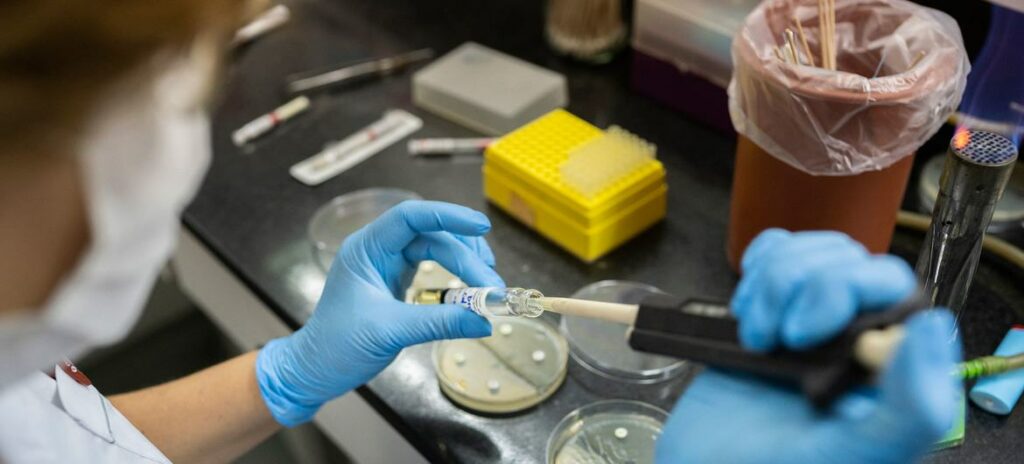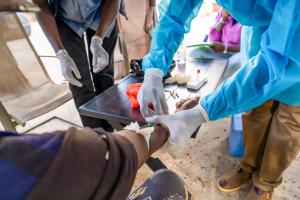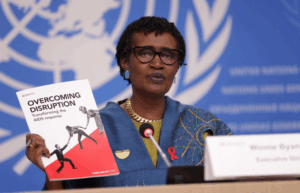One in six bacterial infections globally is now resistant to common antibiotics, undermining the effectiveness of essential treatments and posing a major threat to global health, the World Health Organization (WHO) has warned.
“Antimicrobial resistance (AMR) is outpacing the progress of modern medicine and threatens the health of families everywhere,” cautioned WHO Director-General Dr. Tedros Adhanom Ghebreyesus.
The WHO estimates that bacterial AMR was directly responsible for 1.27 million deaths in 2019 and contributed to nearly five million deaths worldwide. Without urgent action, experts warn that resistant infections could cause global GDP losses of up to USD 3 trillion annually by 2030.
According to a new WHO report based on data from the Global Antimicrobial Resistance and Use Surveillance System (GLASS), compiled in more than 100 countries, antimicrobial resistance increased in over 40% of the pathogen–antibiotic combinations monitored between 2018 and 2023, with an average annual rise of 5–15%.
“We must use antibiotics responsibly and ensure that everyone has access to the right medicines, reliable diagnostic tools, and vaccines,” stressed Dr. Tedros.
Uneven Resistance Across Regions
The report shows that resistance levels are highest in South-East Asia and the Eastern Mediterranean regions, where one in three reported infections was resistant, compared with one in five in Africa.
It also notes that resistance tends to worsen in countries with fragile health systems that lack the resources to properly diagnose and treat bacterial infections.
The report assesses resistance to 22 antibiotics used against urinary, gastrointestinal, and bloodstream infections, as well as gonorrhea. Eight common bacterial pathogens are monitored, including Escherichia coli, Klebsiella pneumoniae, Acinetobacter spp., and Staphylococcus aureus.
The Rise of Superbugs
The greatest threat comes from Gram-negative bacteria — pathogens notoriously difficult to eradicate and resistant to multiple drugs, particularly in low- and middle-income countries.
Among them, E. coli and K. pneumoniae — two leading causes of bloodstream infections — show alarming resistance levels to third-generation cephalosporins, the first-line treatment for many severe infections. Over 40% of E. coli and 55% of K. pneumoniae strains are now resistant, with rates exceeding 70% in Africa.
Other key antibiotics, such as carbapenems and fluoroquinolones — commonly used against Salmonella and Acinetobacter — are also losing effectiveness.
The growing resistance is forcing “clinicians to rely on last-resort antibiotics,” the report warns. These treatments are costly, complex, and often unavailable in lower-income countries, reducing therapeutic options and increasing mortality risk.
Strengthening Prevention Systems
Although the number of countries participating in GLASS has more than quadrupled — from 25 in 2016 to 104 in 2023 — nearly half did not submit data in 2024. The WHO notes that countries most affected by antimicrobial resistance are often those least equipped to monitor it.
The UN agency is now urging all countries to provide complete and reliable data on antimicrobial resistance and use to GLASS by 2030, to better guide public health policies and treatments.
“Our future depends on strengthening prevention, diagnosis, and treatment systems,” said Dr. Tedros, calling for greater investment in developing next-generation antibiotics and rapid molecular tests deployable at the point of care.
Source : NATIONS Infos







OTHER ARTICLES
Rift Valley Fever in Senegal: On the Frontline to Protect Communities
Zambia : commemorates world AIDS day
UNAIDS releases its 2025 World AIDS Day report: Overcoming disruption, transforming the AIDS response